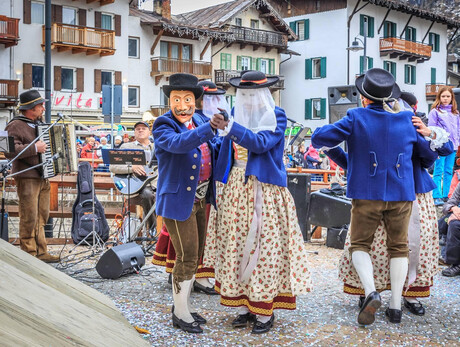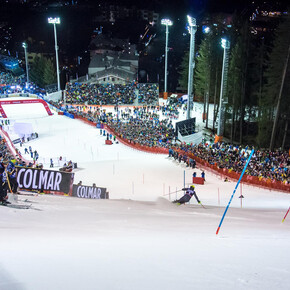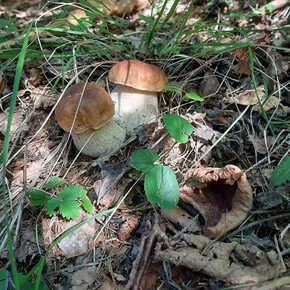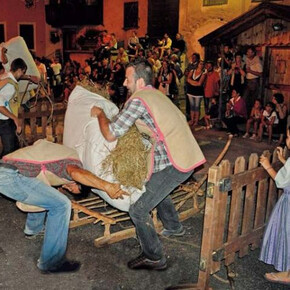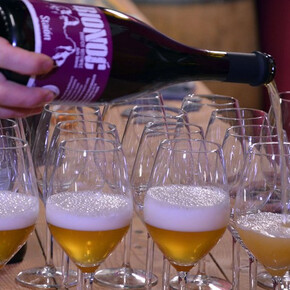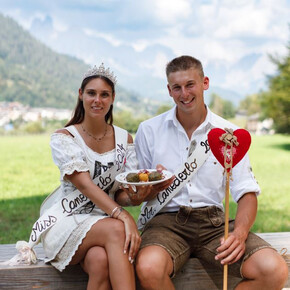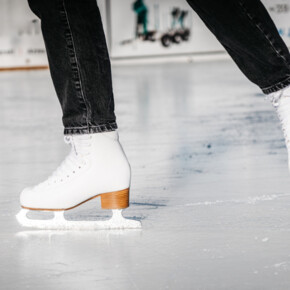Ladin Carnival
In comedies, processions, street parties and on the snow, Ladin masks fill Val di Fassa with the spirit of the most joyful carnival in the Dolomites
Carnival in Val di Fassa is a vibrant celebration of culture and folklore, where the age-old rites marking the transition from winter to spring are revived in a modern way. In the past, this was the most eagerly awaited and festive time of the year: the elderly indulged in pranks and jokes, while the young celebrated their weddings between February and March.
On the slopes of the Marmolada glacier, these ancient traditions are kept alive thanks to the "Grop de la Mèscres da Dèlba e Penìa" (‘The group of masks of Alba and Penìa). Every year on 17 January, in honour of Saint Anthony Abbot, the festivities begin with the "deslea carnascèr", officially opening Carnival. On 20 January, for the feast of Saint Sebastian, the celebrations shift to Penìa. From that moment on, the entire Val di Fassa comes alive with parades, floats, street parties, masked balls, sledging, and torchlight processions, continuing right through to Mardi Gras. In the former primary schools of Penìa, the "Grop de la Mèscres da Dèlba e Penìa" stages the "mascherèdes", theatrical performances in Ladin language, recounting stories and characters from the past. During these joyful days, the villages are filled with "Lachè", "Bufon" and "Marascons" - key figures of the Fassa Carnival - in their colourful costumes, alongside the iconic "faceres", intricately carved wooden masks made by local artisans.
To fully immerse yourself in the Ladin Carnival, a visit to the Ladin Museum is a must, where a dedicated exhibition showcases these unique traditions and costumes. For an authentic experience, don’t miss the chance to try local sweet treats such as "grostoi", "fortaes", and "grafons".
The detailed programme of Carnival events will be available from January.

